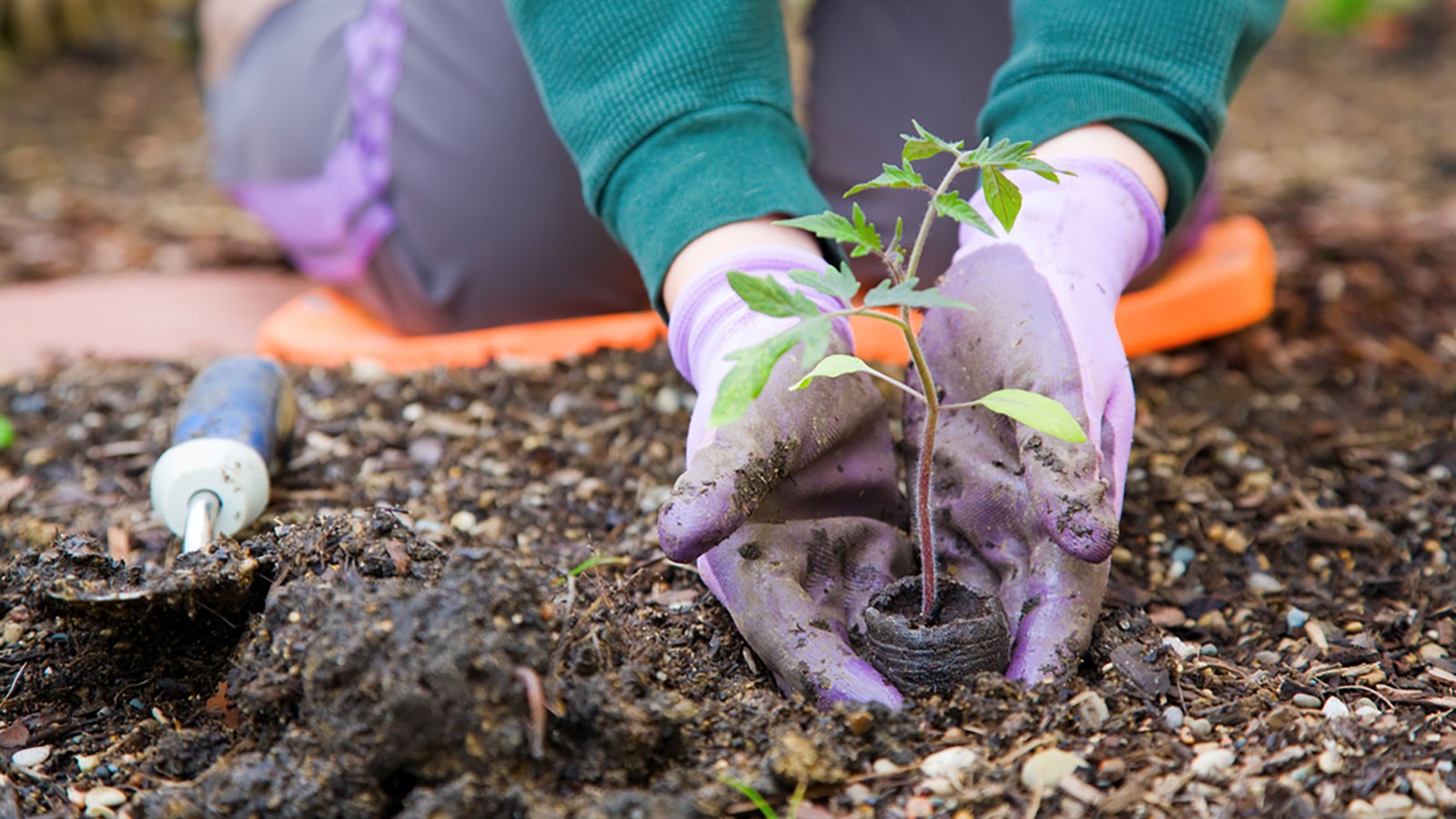Ask an Expert - March Gardening Checklist
We are officially heading into gardening season. Consider these tips to help you prepare. Included are links from the Utah State University Extension Gardeners Almanac.
- Plant seeds for cool season vegetables (peas, lettuce, radishes) as soon as garden soil is workable.
- Consider planting peas in the gardenevery 2-3 weeks (until early May) to extend the harvest.
- If it didn’t happen in the fall, add organic matterto the vegetable garden to help build and amend the soil.
- Avoid compacted soilby not tilling when garden soil is wet or saturated.
- Consider backyard compostingor vermiculture (composting with worms).
- If storing bulbs, check their condition to ensure that they are firm, and remove any that are soft or rotten.
- If locally available, plant bare root treesand shrubs, and keep the exposed roots moist until planted.
- Remove protective trunk wrap and burlap from trees in the spring after snow has melted.
- Fertilize spring-flowering bulbs such as tulips, daffodils, fritillaria and crocus.
- Plant cold-hardy pansies and primrose for spots of color.
- Pruneberries and fruit trees such as apples, pears, peaches, cherries, plums and apricots.
- Attend a USU Extension-sponsored pruning demonstration near you. Check with your local county Extension office for information.
- Apply horticulture oilsat bud break (delayed dormant) in fruit trees to control overwintering insect pests.
- Apply pre-emergent herbicidesin late March to mid-April to control annual weeds such as crabgrass and spurge in your lawn.
- Sharpen mower blades to prepare for the season. Set mower height at 2 1/2 to 3 inches, and mow at this height for the summer.
- Consider including a native fruiting species in the landscape, such as chokecherry, elderberry, serviceberry or currant.
Pests and Problems:
- Download the Utah Home Orchard Pest Management Guide for tips and information.
- Be aware of damping-off, a fungal disease that affects new seedlings.
- Take control measures at bud break for anthracnose and aspen leaf spot. Both may become prevalent during cool, wet springs.
- Control rust mitesin apple and pear trees after leaves have emerged and expanded to 1/2 inch.
- Apply dormant oil for pears when leaf buds swell. This smothers eggs of the pear psyllathat are laid on buds by overwintering adults.
- Consider taking soil samplesto determine fertilizer needs.
- Visit https://extension.usu.edu/pests/ipm/subscription/ to subscribe to the Utah Pests IPM Advisories for timely tips on controlling pests in your yard and garden.
- Consider taking an online gardening course. Courses cover everything from container vegetable gardening and creating the perfect soil, to planting trees and controlling pests. Courses are geared to both beginning and professional gardeners. Use the code “Grow5” at checkout to get $5 off.
- Explore more gardening tips on Extension’s newly designed yard and garden website.
CONTACT
Julene Reese
Public Relations Specialist
Extension
435-757-6418
julene.reese@usu.edu
TOPICS
Society 528stories Extension 479stories Agriculture 233stories Plants 198stories Farming 80storiesComments and questions regarding this article may be directed to the contact person listed on this page.







